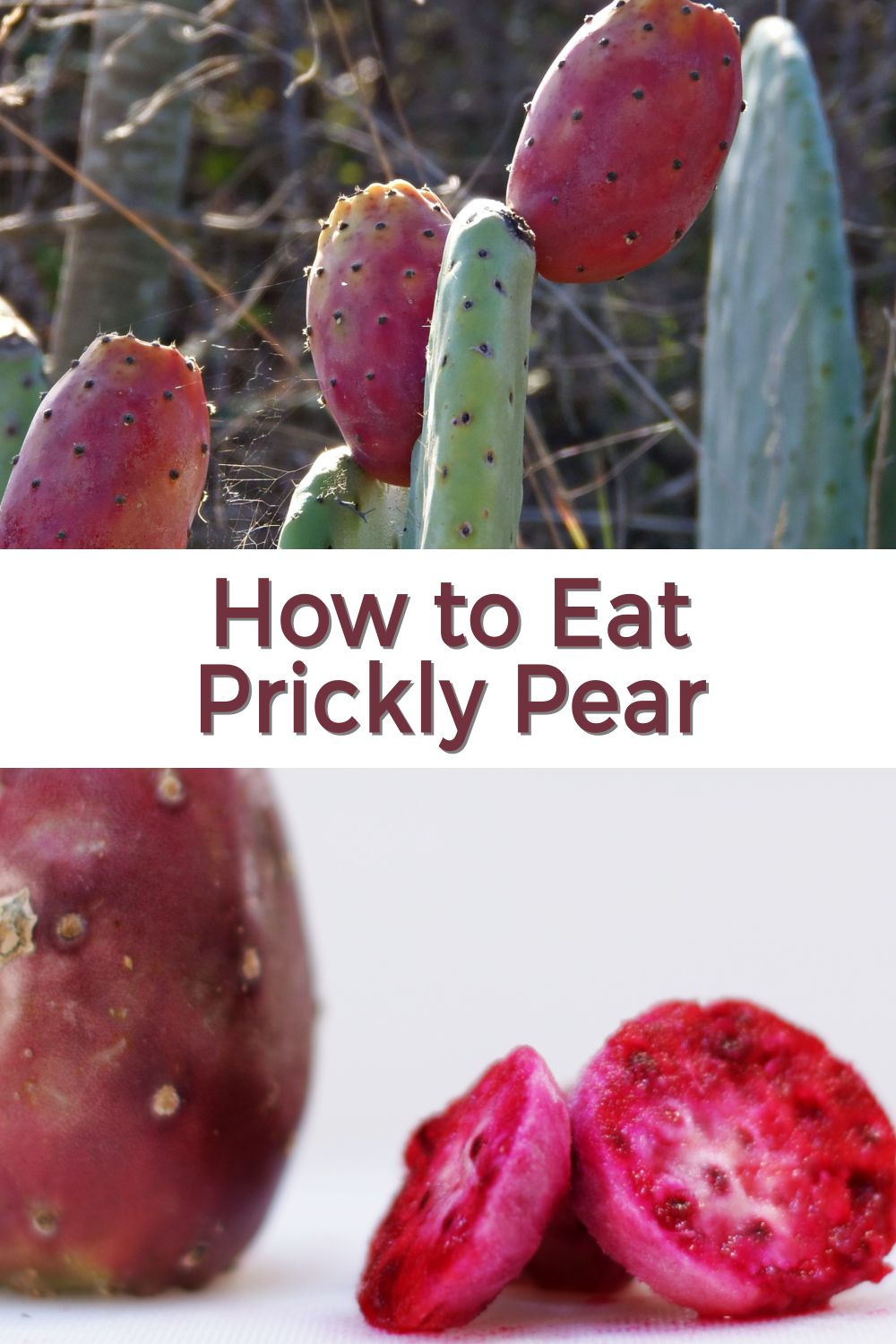The prickly pear, scientifically known as Opuntia, is a remarkable cactus species that has captured the attention of food enthusiasts and health aficionados alike. Known for its vibrant color and unique flavor profile, the prickly pear is also a subject of intrigue when it comes to its seeds. This article delves into the edible nature of prickly pear seeds, exploring their nutritional benefits, culinary uses, and potential concerns regarding consumption.
The first question that often arises for those encountering prickly pears is, “Can you eat the seeds?” The straightforward answer is yes; however, the intricacies of this question merit a deeper examination.
Prickly pear seeds are small, hard, and often found embedded within the fleshy fruit of the cactus. When one bites into a prickly pear, the texture of the seeds can be quite noticeable. For some, this adds an enjoyable crunch; for others, it may lead to discomfort and avoidance. Understanding the characteristics of the seeds will help consumers make educated choices about their consumption.
Beyond mere edibility, prickly pear seeds possess notable nutritional attributes. They are a rich source of dietary fiber, which is essential for maintaining digestive health. Fiber helps to regulate bowel movements, lowers cholesterol levels, and aids in the management of blood sugar levels. Moreover, the seeds contain beneficial fatty acids, contributing to heart health and providing a wealth of essential nutrients.
When considering the overall nutritional value of prickly pears, one can appreciate the seeds as part of a balanced diet. They are laden with antioxidants, compounds that combat oxidative stress and reduce the risk of chronic diseases. The combination of fiber and healthy fats makes prickly pear seeds an excellent addition to various diets, particularly those prioritizing plant-based nutrition.
Culinary applications for prickly pear seeds are diverse and innovative. While eating them raw is a common choice, they can also be incorporated into a variety of dishes. Creating a smoothie with prickly pear pulp and incorporating the seeds can provide a delightful texture and additional nutrients. Additionally, the seeds can be ground into a powder and used as a protein enhancer in baking, soups, or salads. This flour-like consistency can not only enrich the nutritional profile of a dish but also introduce a unique flavor element that is distinctly prickly pear.
Food enthusiasts and chefs have begun to experiment with prickly pear seeds in gourmet cooking. They can be used to create artisanal oils or infusions, offering a new twist to traditional dressings. The subtle nutty flavor derived from the seeds can complement a range of cuisines, elevating everyday meals to sophisticated gourmet experiences.
However, potential concerns regarding the consumption of prickly pear seeds should not be overlooked. Some individuals may experience digestive discomfort if they consume whole seeds due to their hardness. Ingesting large quantities could lead to gastrointestinal blockages, especially if one has pre-existing digestive issues or conditions like diverticulitis. Therefore, it is advisable to consume prickly pear seeds in moderation, particularly for those who may be sensitive to high fiber intake.
Another consideration involves the source of prickly pears. Caution is warranted when sourcing these fruits, as they may be sprayed with pesticides or fertilizers. Opting for organic prickly pears can minimize exposure to harmful chemicals and ensure a safe and enjoyable eating experience. When prepared and ingested responsibly, prickly pear seeds can be a delightful and nutritious addition to one’s diet.
In exploring the entirety of prickly pear consumption, it’s crucial to consider the preparation of the fruit itself. The process of removing the skin and preparing the pulp can be tedious but rewarding. One must take care to handle the prickly pear with caution; its spines can be quite formidable. Once the fruit is peeled, enjoying the sweet, vibrant flesh becomes a breezy affair, especially when paired with other fruits in salads or beverages.
In conclusion, prickly pear seeds are indeed edible, offering a robust array of health benefits and exciting culinary possibilities. From their fiber content that promotes digestive health to their antioxidant properties that support overall wellness, these seeds are more than just remnants of a delicious fruit. As with many foods—balancing enjoyment with awareness of individual tolerance and sourcing can provide a holistic approach to enjoying prickly pears in their entirety.
So, the next time you find yourself sampling this enchanting cactus fruit, consider embracing the seeds as part of your culinary adventure. Whether you enjoy them raw, ground, or incorporated into dishes, prickly pear seeds can contribute to a nutritious and flavorful lifestyle.





Leave a Comment